What Can Small Businesses Learn from Big Brand Marketing?
Big Ideas on a Small Budget
When you think of big brands like John Lewis, Greggs, or Innocent Drinks, you might assume their marketing tactics are out of reach for smaller businesses.
After all, they have massive budgets, in-house teams, and a huge customer base. But here’s the good news: some of their most successful marketing strategies aren’t about money—they’re about creativity, consistency, and knowing their audience.
So, what can small businesses borrow from the big players? Let’s take a look.
- Strong Brand Identity Wins Every Time
- Big Brand Example: Apple's brand is instantly recognisable—clean, simple, and consistent across everything they do. Even without a logo, you’d know an Apple advert when you see one.
- Takeaway for Small Businesses: Define what makes your brand unique and make sure it’s reflected in everything—from your logo and website to your tone of voice on social media. Consistency builds trust and recognition.
- Storytelling Creates Connection
- Big Brand Example: John Lewis (Christmas Ads) is the master of emotional storytelling. Their Christmas ads aren’t just about products; they tell heartwarming stories that get people talking.
- Takeaway for Small Businesses: You don’t need a blockbuster ad to use storytelling. Share customer success stories, show behind-the-scenes glimpses of your business, and talk about the ‘why’ behind what you do. People buy from people, and a great story helps them connect with your brand.
- Be Social (and Have a Personality!)
- Big Brand Example: Greggs are brilliant at social media—funny, responsive, and always in tune with its audience (remember when they trolled Piers Morgan with a vegan sausage roll?).
- Takeaway for Small Businesses: Don’t just post for the sake of it—engage! Reply to comments, join trending conversations, and let your brand’s personality shine. Whether your tone is professional, playful, or quirky, make it authentic.
- Know Your Audience (and Talk to Them Directly)
- Big Brand Example: Aldi UK (on Twitter/X) - has mastered social media by knowing exactly who their audience is and speaking their language—whether it’s witty banter or responding to customers in a relatable way.
- Takeaway for Small Businesses: Take time to understand your ideal customers. What are their challenges, interests, and buying habits? Then tailor your content, messaging, and offers to match.
- Stay Agile and Adapt to Trends
- Big Brand Example: Innocent Drinks is known for jumping on trends in a way that feels natural to their brand. Their social media content is topical, witty, and often completely unrelated to smoothies—but it keeps them relevant.
- Takeaway for Small Businesses: You don’t have to follow every trend, but staying aware of what’s happening in your industry (or the wider world) can help you create content that feels fresh and engaging.
- Customer Experience is Everything
- Big Brand Example: Amazon's success isn’t just about products—it’s about convenience and customer service. Their seamless experience keeps people coming back.
- Takeaway for Small Businesses: You might not have Amazon’s tech, but you can offer an easy, pleasant experience for customers. Make your website simple to navigate, respond quickly to inquiries, and go the extra mile for customer satisfaction.
Final Thought: You Don’t Need a Big Budget—Just Smart Marketing
Big brands may have big budgets, but their most effective marketing strategies are rooted in principles that any business can use: authenticity, consistency, and customer focus.
If you’d like help applying these ideas to your business, get in touch—Marketing Doris is all about simplifying marketing with tailored solutions.
Company registration number: 6044969
Registered Office: Westminster House,
10 Westminster Road, Macclesfield, Cheshire SK10 1BX Terms
